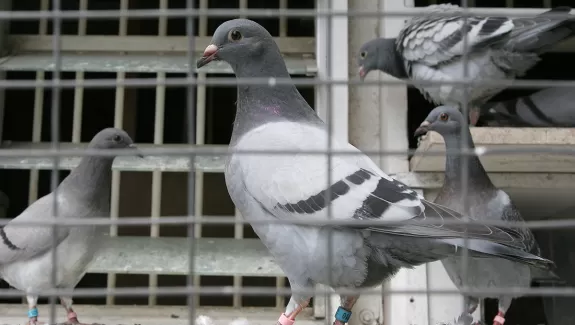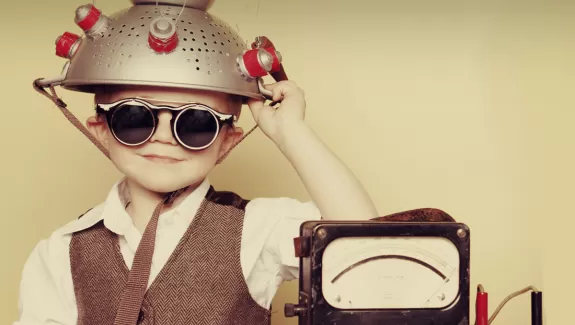
What Does it Mean to Say Ours is “A Science of Behavior?"
Every behavior analyst (hopefully) has learned that ours is a science of behavior. We do not learn that ours is a science of the individual or a science of the person. Why is that? Are we not, however, concerned with people, you may ask? Are we not concerned with the human condition? Are we not humanists? Of course, we are, but in very special ways. In the words of a famous t-shirt logo, “Behavior counts.” But what does it mean to say that we are participants in a science of behavior? Simply put, it means we investigate and change what living creatures do.  Don Baer, one of the fathers of applied behavior analysis, wrote a wonderful chapter called “The Organism as Host.” In it, Baer suggested that people and pigeons be considered as the locus of behavior, the point where organism and environment come together to result in some consequatable action. Baer’s purpose was not to dehumanize people, but to put the focus of the science where it belongs, which is not on the person, but on the person’s behavior—or the pigeon’s behavior.
Don Baer, one of the fathers of applied behavior analysis, wrote a wonderful chapter called “The Organism as Host.” In it, Baer suggested that people and pigeons be considered as the locus of behavior, the point where organism and environment come together to result in some consequatable action. Baer’s purpose was not to dehumanize people, but to put the focus of the science where it belongs, which is not on the person, but on the person’s behavior—or the pigeon’s behavior.
This focus on behavior brings up two other interrelated issues: functional relations and agency. Both are concerned with the causes of behavior. In the case of agency, the causes of behavior are attributed not to the environment but to other, more ethereal agents like personality, self, emotion, or motivation (see “Dissing Ability.”) The person or self becomes the agent of co’s* own behavior. This type of agency removes the environment from contention as a source of behavior and thus is antithetical to a science of behavior.  A functional relation is a causal relation (see “Getting to the cause of things”).
A functional relation is a causal relation (see “Getting to the cause of things”).
The science of behavior searches for the causes of behavior in the environment. It seeks to find orderly, functional relations between environment and behavior. Take the term “stimulus control” as an example. Train a child to distinguish the letters B and D. When B appears, words and vocalizations appropriate to that word occur, and the same is true when D appears, but the behavior is appropriate to that word. In other words, there is a functional relation between the stimulus presented and the behavior that occurs. The stimuli are controlling the behavior. The child is said to discriminate between the two, but to say this is to make the child the agent of the “B”- and “D”-appropriate behavior. We can speak of the child’s behavior being under stimulus control and thus put the control of such behavior in the environment, where it belongs in a science of behavior.
----------
* I introduced this word in, “Dissing Ability.” There I explained that henceforth in all of my blogs I will use the pronoun co in place of his or her. It is a word I learned in the fall of 1974, when I visited the Twin Oaks community in Louisa, Virginia (an experimental community based on Skinner’s utopian novel, Walden Two), which, as the word use so clearly illustrates, was ahead of the times by many years.


